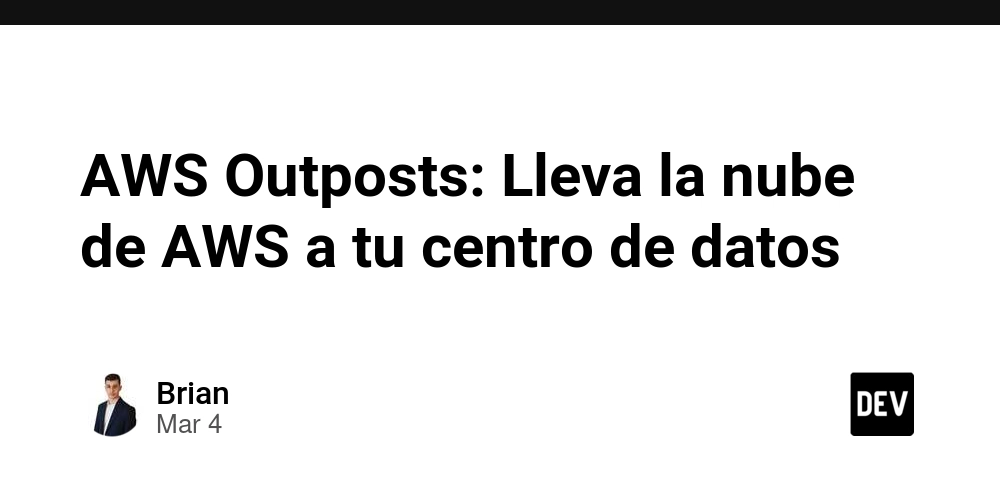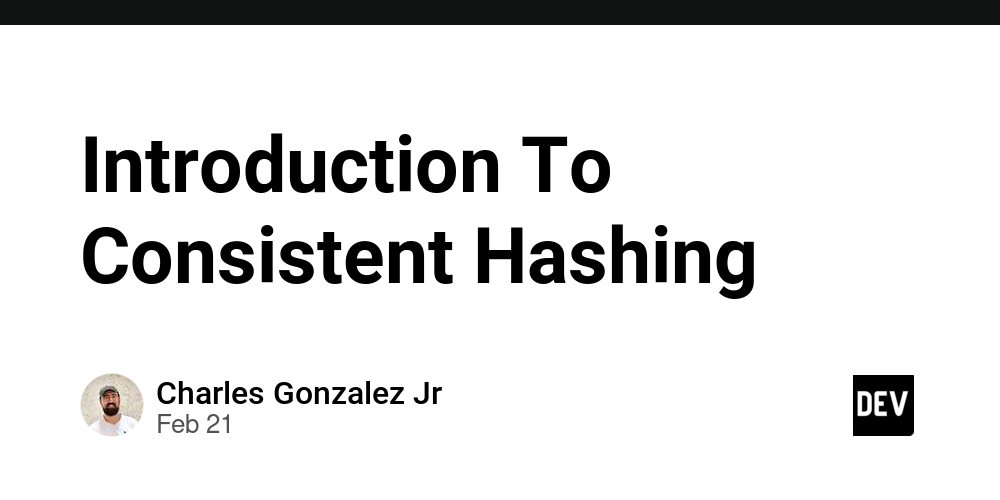7 Common Garbage Collection Issues in Node.js
Garbage collection (GC) in Node.js is one of those things that developers often take for granted—until something goes wrong. Node.js relies on the V8 JavaScript engine, which includes an automatic garbage collector to manage memory. However, just because it’s automatic doesn’t mean it’s perfect. Poorly managed garbage collection can lead to memory leaks, excessive CPU usage, and even application crashes. 1. Memory Leaks from Global Variables The Problem JavaScript allows developers to declare variables in the global scope, but in Node.js, this can cause memory leaks if variables are not properly released. Since global variables persist for the lifetime of the process, they won’t be garbage collected. For example: let cache = {}; // This stays in memory forever function storeData(key, value) { cache[key] = value; } Here, every time storeData is called, memory usage increases because we keep adding values to cache, and it never gets freed. The Solution Avoid global variables whenever possible. Use let or const inside functions or objects to keep scope limited: function createStore() { let cache = {}; return { set: (key, value) => cache[key] = value, get: (key) => cache[key] }; } const store = createStore(); This ensures that cache is only available within createStore(), allowing it to be garbage collected when no longer needed. 2. Detached DOM Elements in Server-Side Rendering The Problem When using server-side rendering (SSR) frameworks like Next.js, detached DOM elements can cause memory leaks. This happens when you remove elements from the DOM but keep references to them in JavaScript. Example: let removedElement = document.getElementById("someElement"); removedElement.remove(); Even though someElement was removed, it remains in memory because removedElement still holds a reference to it. The Solution Set references to null when elements are no longer needed: let removedElement = document.getElementById("someElement"); removedElement.remove(); removedElement = null; // Allows GC to collect the memory If using React with SSR, ensure that you clean up event listeners when components unmount: useEffect(() => { const handler = () => console.log("Event triggered"); document.addEventListener("click", handler); return () => document.removeEventListener("click", handler); }, []); 3. Memory Bloat from Large Objects and Buffers The Problem Handling large JSON objects or buffers can quickly overwhelm garbage collection in Node.js. Example of a potential issue when processing large files: const fs = require("fs"); fs.readFile("largeFile.txt", (err, data) => { if (err) throw err; console.log(data.toString()); }); Here, data holds the entire file in memory, which can be problematic for large files. The Solution Instead of reading the entire file into memory, use streams: const fs = require("fs"); const stream = fs.createReadStream("largeFile.txt"); stream.on("data", chunk => { console.log(chunk.toString()); }); Streams process data in chunks, reducing memory pressure and improving garbage collection efficiency. 4. Poor Handling of SetInterval and SetTimeout The Problem Timers (setInterval and setTimeout) create references in memory. If they are not properly cleared, they prevent garbage collection. Example: setInterval(() => { console.log("Running every second"); }, 1000); This interval will run forever unless explicitly cleared. The Solution Always clear timers when they are no longer needed: const interval = setInterval(() => { console.log("Running..."); }, 1000); setTimeout(() => { clearInterval(interval); }, 5000); Here, clearInterval(interval) ensures that the function does not persist longer than necessary. 5. Circular References in Objects The Problem A circular reference occurs when two objects reference each other, preventing garbage collection. let obj1 = {}; let obj2 = {}; obj1.ref = obj2; obj2.ref = obj1; Even if obj1 and obj2 are set to null, they remain in memory because they reference each other. The Solution Manually break circular references when objects are no longer needed: obj1.ref = null; obj2.ref = null; Or use WeakMap, which allows objects to be garbage collected: const weakMap = new WeakMap(); let obj = { data: "important" }; weakMap.set(obj, "some value"); // Once 'obj' is out of scope, it will be GC'd WeakMap does not prevent garbage collection when an object is no longer referenced elsewhere. 6. EventEmitter Memory Leaks The Problem Node.js’ EventEmitter allows multiple listeners. However, if you keep adding event list

Garbage collection (GC) in Node.js is one of those things that developers often take for granted—until something goes wrong. Node.js relies on the V8 JavaScript engine, which includes an automatic garbage collector to manage memory. However, just because it’s automatic doesn’t mean it’s perfect.
Poorly managed garbage collection can lead to memory leaks, excessive CPU usage, and even application crashes.
1. Memory Leaks from Global Variables
The Problem
JavaScript allows developers to declare variables in the global scope, but in Node.js, this can cause memory leaks if variables are not properly released. Since global variables persist for the lifetime of the process, they won’t be garbage collected.
For example:
let cache = {}; // This stays in memory forever
function storeData(key, value) {
cache[key] = value;
}
Here, every time storeData is called, memory usage increases because we keep adding values to cache, and it never gets freed.
The Solution
Avoid global variables whenever possible. Use let or const inside functions or objects to keep scope limited:
function createStore() {
let cache = {};
return {
set: (key, value) => cache[key] = value,
get: (key) => cache[key]
};
}
const store = createStore();
This ensures that cache is only available within createStore(), allowing it to be garbage collected when no longer needed.
2. Detached DOM Elements in Server-Side Rendering
The Problem
When using server-side rendering (SSR) frameworks like Next.js, detached DOM elements can cause memory leaks. This happens when you remove elements from the DOM but keep references to them in JavaScript.
Example:
let removedElement = document.getElementById("someElement");
removedElement.remove();
Even though someElement was removed, it remains in memory because removedElement still holds a reference to it.
The Solution
Set references to null when elements are no longer needed:
let removedElement = document.getElementById("someElement");
removedElement.remove();
removedElement = null; // Allows GC to collect the memory
If using React with SSR, ensure that you clean up event listeners when components unmount:
useEffect(() => {
const handler = () => console.log("Event triggered");
document.addEventListener("click", handler);
return () => document.removeEventListener("click", handler);
}, []);
3. Memory Bloat from Large Objects and Buffers
The Problem
Handling large JSON objects or buffers can quickly overwhelm garbage collection in Node.js.
Example of a potential issue when processing large files:
const fs = require("fs");
fs.readFile("largeFile.txt", (err, data) => {
if (err) throw err;
console.log(data.toString());
});
Here, data holds the entire file in memory, which can be problematic for large files.
The Solution
Instead of reading the entire file into memory, use streams:
const fs = require("fs");
const stream = fs.createReadStream("largeFile.txt");
stream.on("data", chunk => {
console.log(chunk.toString());
});
Streams process data in chunks, reducing memory pressure and improving garbage collection efficiency.
4. Poor Handling of SetInterval and SetTimeout
The Problem
Timers (setInterval and setTimeout) create references in memory. If they are not properly cleared, they prevent garbage collection.
Example:
setInterval(() => {
console.log("Running every second");
}, 1000);
This interval will run forever unless explicitly cleared.
The Solution
Always clear timers when they are no longer needed:
const interval = setInterval(() => {
console.log("Running...");
}, 1000);
setTimeout(() => {
clearInterval(interval);
}, 5000);
Here, clearInterval(interval) ensures that the function does not persist longer than necessary.
5. Circular References in Objects
The Problem
A circular reference occurs when two objects reference each other, preventing garbage collection.
let obj1 = {};
let obj2 = {};
obj1.ref = obj2;
obj2.ref = obj1;
Even if obj1 and obj2 are set to null, they remain in memory because they reference each other.
The Solution
Manually break circular references when objects are no longer needed:
obj1.ref = null;
obj2.ref = null;
Or use WeakMap, which allows objects to be garbage collected:
const weakMap = new WeakMap();
let obj = { data: "important" };
weakMap.set(obj, "some value");
// Once 'obj' is out of scope, it will be GC'd
WeakMap does not prevent garbage collection when an object is no longer referenced elsewhere.
6. EventEmitter Memory Leaks
The Problem
Node.js’ EventEmitter allows multiple listeners. However, if you keep adding event listeners without removing them, memory usage increases.
const EventEmitter = require("events");
const emitter = new EventEmitter();
setInterval(() => {
emitter.on("event", () => console.log("Event fired"));
}, 1000);
Each interval adds a new listener, causing a memory leak.
The Solution
Remove listeners when they are no longer needed:
const listener = () => console.log("Event fired");
emitter.on("event", listener);
// Remove listener after use
emitter.removeListener("event", listener);
Or use .once() to automatically remove the listener after it fires:
emitter.once("event", () => console.log("Fires only once"));
7. Improper Use of Closures
The Problem
Closures allow functions to retain access to outer variables, but if not handled carefully, they can cause memory leaks.
Example:
function createFunction() {
let largeObject = new Array(1000000).fill("data");
return () => console.log(largeObject.length);
}
const fn = createFunction();
// 'largeObject' remains in memory even though it's not used
Since fn keeps a reference to largeObject, it will never be garbage collected.
The Solution
Use closures carefully and avoid unnecessary references:
function createFunction() {
let size = 1000000;
return () => console.log(size);
}
const fn = createFunction();
Now, only size is stored instead of a massive array.
Key Takeaways:
→ Avoid global variables that persist indefinitely.
→ Use streams for large files instead of readFile().
→ Always clear unused setInterval and setTimeout timers.
→ Break circular references manually or use WeakMap.
→ Properly remove EventEmitter listeners.
→ Be cautious with closures to avoid retaining unnecessary memory.
You may also like:
Read more blogs from Here
Share your experiences in the comments, and let’s discuss how to tackle them!
Follow me on Linkedin











































































































































































![[The AI Show Episode 142]: ChatGPT’s New Image Generator, Studio Ghibli Craze and Backlash, Gemini 2.5, OpenAI Academy, 4o Updates, Vibe Marketing & xAI Acquires X](https://www.marketingaiinstitute.com/hubfs/ep%20142%20cover.png)




























































































































![[DEALS] The Premium Learn to Code Certification Bundle (97% off) & Other Deals Up To 98% Off – Offers End Soon!](https://www.javacodegeeks.com/wp-content/uploads/2012/12/jcg-logo.jpg)


![From drop-out to software architect with Jason Lengstorf [Podcast #167]](https://cdn.hashnode.com/res/hashnode/image/upload/v1743796461357/f3d19cd7-e6f5-4d7c-8bfc-eb974bc8da68.png?#)








































































































.png?#)

































_Christophe_Coat_Alamy.jpg?#)
 (1).webp?#)





































































































![Apple Considers Delaying Smart Home Hub Until 2026 [Gurman]](https://www.iclarified.com/images/news/96946/96946/96946-640.jpg)
![iPhone 17 Pro Won't Feature Two-Toned Back [Gurman]](https://www.iclarified.com/images/news/96944/96944/96944-640.jpg)
![Tariffs Threaten Apple's $999 iPhone Price Point in the U.S. [Gurman]](https://www.iclarified.com/images/news/96943/96943/96943-640.jpg)




































































































































